Rising Health Consciousness
A notable increase in health consciousness among consumers is significantly impacting the lactose intolerance-treatment market. As individuals prioritize their health and well-being, they are more inclined to adopt dietary changes that accommodate their lactose intolerance. This shift is evident in the rising consumption of lactose-free dairy alternatives and supplements. Market analysis suggests that the lactose-free dairy segment alone is projected to reach $3 billion by 2026, reflecting a robust growth trajectory. This heightened focus on health drives innovation and expansion within the lactose intolerance-treatment market, as manufacturers respond to consumer preferences for healthier options.
Expansion of Retail Channels
The expansion of retail channels is a crucial factor influencing the lactose intolerance-treatment market. With the proliferation of health food stores, online platforms, and supermarkets offering specialized lactose-free products, consumers have greater access to treatment options. This accessibility is vital for individuals seeking lactose-free alternatives and supplements. Recent data indicates that online sales of lactose-free products have increased by over 20% in the past year, underscoring the importance of diverse retail channels. As more retailers stock these products, the lactose intolerance-treatment market is likely to experience sustained growth, catering to the evolving needs of consumers.
Demographic Shifts and Aging Population
Demographic shifts, particularly the aging population, are influencing the lactose intolerance-treatment market. As individuals age, the prevalence of lactose intolerance tends to increase, leading to a higher demand for treatment options. The U.S. Census Bureau projects that by 2030, nearly 20% of the population will be 65 years or older, which may further drive the need for lactose-free products and supplements. This demographic trend suggests a potential expansion of the lactose intolerance-treatment market, as older adults seek solutions to manage their dietary restrictions and maintain their quality of life.
Increasing Awareness of Lactose Intolerance
The growing awareness of lactose intolerance among the population is a key driver in the lactose intolerance-treatment market. Educational campaigns and health initiatives have highlighted the symptoms and effects of lactose intolerance, leading to a greater understanding of dietary needs. As individuals become more informed, they are more likely to seek treatment options, including lactose-free products and supplements. This trend is reflected in market data, which indicates that the lactose-free product segment has seen a growth rate of approximately 15% annually. Consequently, the lactose intolerance-treatment market is experiencing a surge in demand as consumers actively seek solutions to manage their condition.
Technological Advancements in Product Development
Technological advancements in product development are reshaping the lactose intolerance-treatment market. Innovations in food processing and formulation techniques have led to the creation of more effective lactose-free products and supplements. These advancements not only enhance the taste and texture of lactose-free options but also improve their nutritional profiles. For instance, the introduction of enzyme-based treatments has made it easier for manufacturers to produce lactose-free dairy products that closely mimic traditional offerings. This trend is expected to drive market growth, as consumers increasingly seek high-quality alternatives that meet their dietary needs.


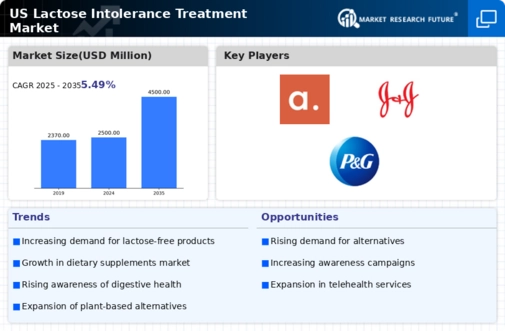

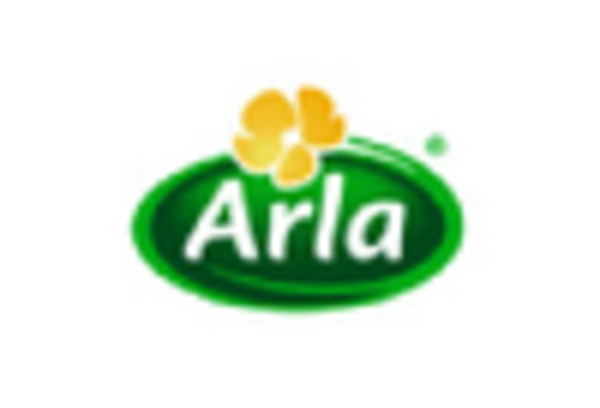
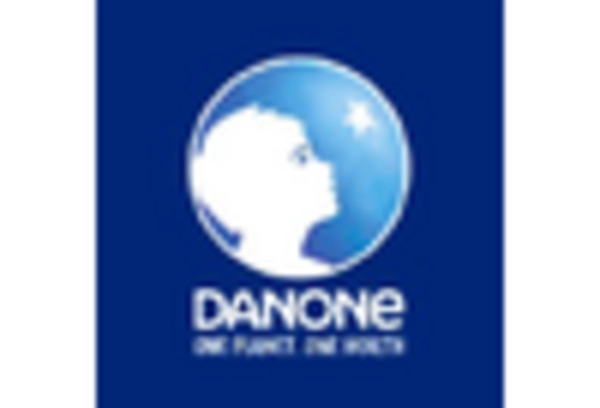
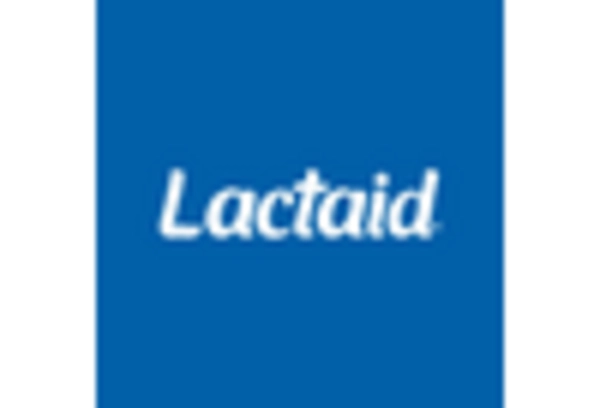

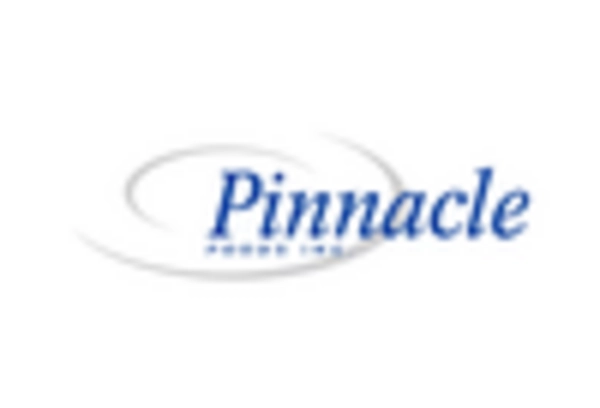








Leave a Comment